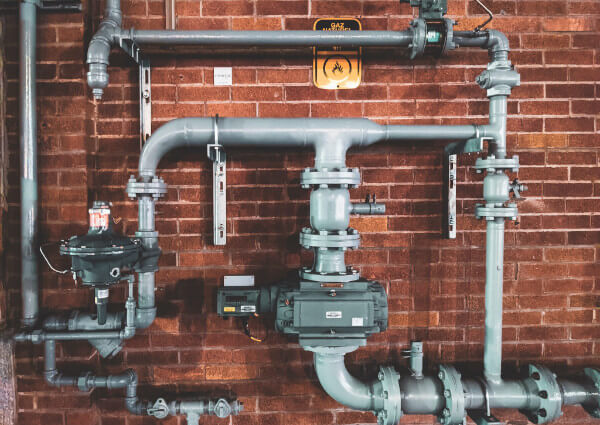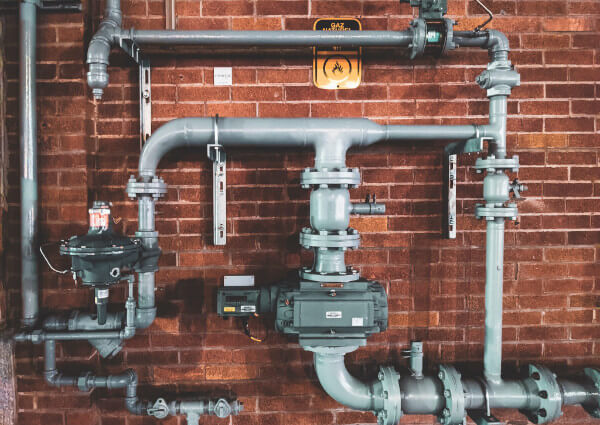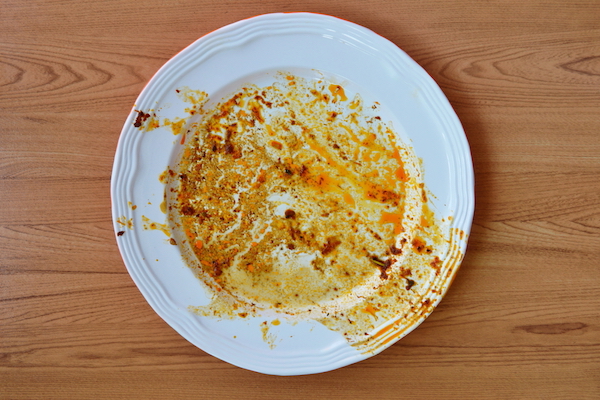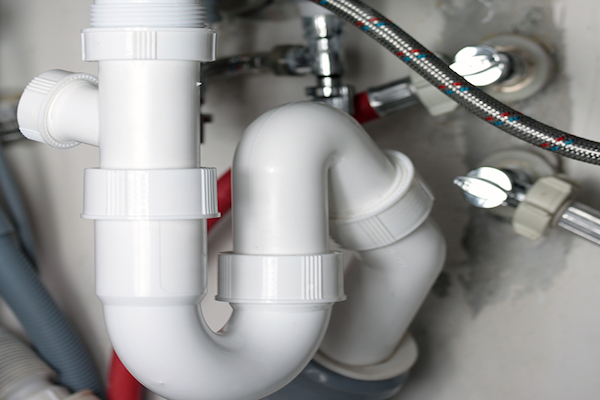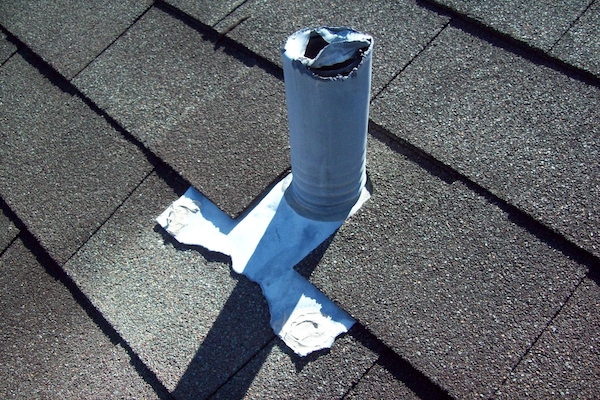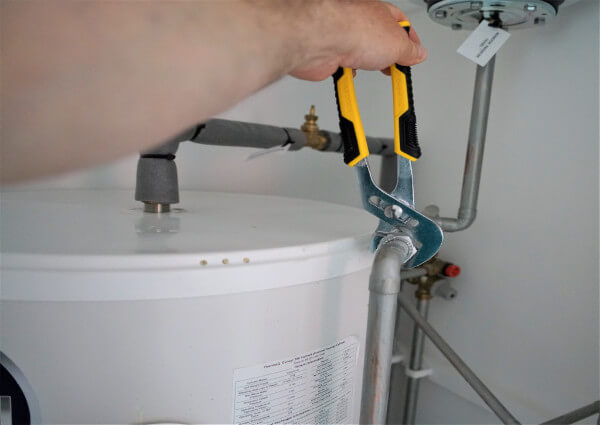>
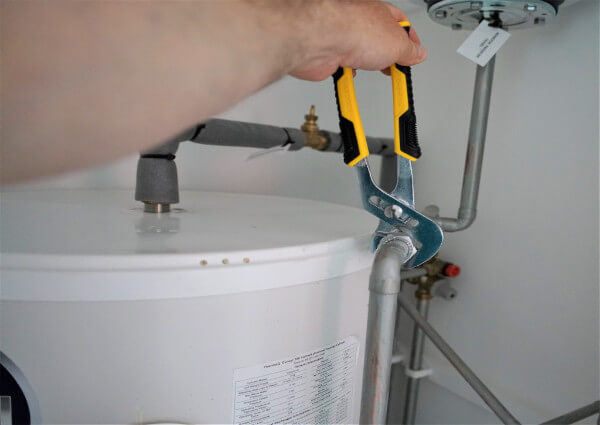
When it’s cold outside (even in LA), you need the right furnace to heat your home evenly and efficiently. A furnace can only do its job properly if it’s the right size for the space it’s heating. Too big and it will switch on and off frequently, too small and it will run constantly. Neither is ideal.
A small furnace will lead to high energy bills, uneven heating, and a shorter lifespan. Not to mention the fact that you’ll probably still be cold. A furnace that’s too big, on the other hand, might make parts of your home uncomfortably hot while leaving other areas unproperly heated. This constant cycling in short bursts could wear it out quickly. To avoid these problems, learn how to choose the right sized furnace for your home.
How do I determine the right size furnace for my home?
Gas furnaces are differentiated by their BTU capabilities. BTU stands for British Thermal Units. One BTU represents the amount of energy required to heat one pound of water by one degree Fahrenheit. To determine the proper BTU you’ll need for your home’s heating, you’ll have to do a little math.
First, find out the square footage of your home.

You should be able to find this number on the paperwork you received when you purchased your home. If you can’t find that, you can calculate the square footage yourself.
Start by measuring the length and width of each room in your home. Multiply the length and width of each room together to get the square footage of that room. Then simply add together the square footage of all your rooms.
Don’t include rooms that don’t have ductwork or rooms you don’t plan on heating, like garages or sunrooms. Most furnace size charts operate under the assumption that your ceilings are eight feet high. If your ceilings are higher or lower, make changes to your calculation accordingly.
Determine which climate zone you live in.
The United States is divided into different climate zones, each with its own BTU per square foot recommendation. To heat a home in Minnesota takes more BTUs than a home in Florida. Living in California, your furnace won’t have to be heavy duty.
If you’re working with Mike Diamond, then your home lies in Zone 2 – a hot-dry or mixed-dry climate zone. In Zone 2, you need 35-40 BTUs for each square foot of your home.
Calculate the furnace size you’ll need.
To determine the number of BTUs you need to heat your home: multiply your square footage by the zone heating factor. If your home is well insulated, use the lower number. If your home is not well insulated or has other factors that may make it harder to heat, use the higher number.
For example: in a well-insulated L.A. home that is 2,000 square feet our equation is:
2,000(sq ft) X 35 (zone factor) = 70,000 BTUs
For this home, we need to install a furnace with a rating of 70,000 BTUs. But we have one more step to finding our perfect furnace.
Calculate your new furnace’s actual output.
When you shop for your new furnace, you’ll notice two numbers on it. The first is the amount of heat it will produce in BTUs. The second number is its efficiency rating. To calculate the actual BTU output of any furnace, multiply the two numbers. For example, a furnace capable of 100,000 BTUs at an efficiency rating of 80% will actually produce 80,000 BTUs of heat:
100,000 X 80% = 80,000
Make sure you calculate this properly before installing a furnace that is too small for your space.
Reference a furnace size chart.
You can also compare your home’s square footage to a furnace size chart. There are a number of different furnace size charts out there. These charts give comparisons between home square footage and the BTUs needed to heat it. It’s not as accurate as calculating it yourself. Most charts follow guidelines similar to these:
A 1,200-square-foot home will require between 35,000 and 75,000 BTUs A 1,500-square-foot home will require between 45,000 to 90,000 BTUs A 1,800-square-foot home will require between 55,000 to 110,000 BTUs A 2,100-square-foot home will require between 65,000 to 125,000 BTUs A 2,400-square-foot home will require between 75,000 to 145,000 BTUs
Expert Furnace Service and Installation in Los Angeles

If you’re interested in updating or upgrading your home’s furnace, give Mike Diamond a call. Our expert technicians can answer your questions about the make, model, and size of the perfect furnace for your home. We’ll be able to get your just right furnace installed quickly and efficiently.
The post How Do I Determine The Right Size Furnace For My Home? appeared first on Mike Diamond Services.
Did you miss our previous article…
https://www.ab-sessions-plumbing-building-services.com/?p=594

